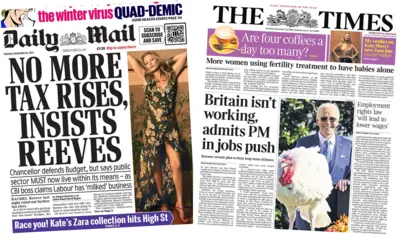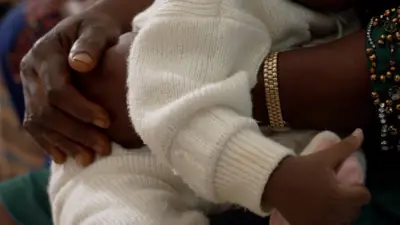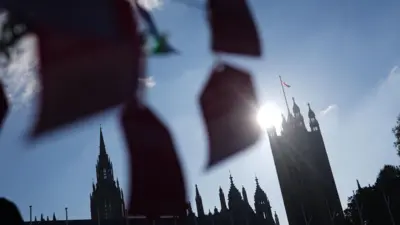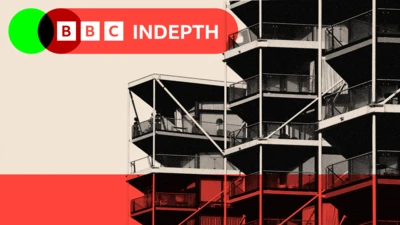We've updated our Privacy and Cookies Policy
We've made some important changes to our Privacy and Cookies Policy and we want you to know what this means for you and your data.
Northern Ireland living standards 'improving' before Covid-19
Image source, Getty Images
- Author, John Campbell
- Role, │╔╚╦┐ь╩╓ News NI Economics & Business Editor
There was an improvement in living standards in Northern Ireland in the year before the pandemic, official figures suggest.
Most indicators of poverty fell with a particularly significant decline in poverty among working-age adults.
That may reflect the historically strong job market before the pandemic hit.
Typical weekly wages also grew by 4% during 2019, well above the rate of inflation.
The Department for Communities uses : relative poverty and absolute poverty.
Poverty thresholds
An individual is considered to be in relative poverty if they are living in a household with an income below 60% of the typical UK income.
In 2019, the relative poverty threshold for a couple with no children was an income of ┬г328 per week (before housing costs) from all sources or ┬г17,151 per year.
An individual is considered to be in absolute poverty if they are living in a household with an income below 60% of the typical UK income as measured in 2010.
In 2019, the absolute poverty threshold for a couple with no children was an income of ┬г300 per week (before housing costs) or ┬г15,698 per year.
In 2019/20 13% of individuals were in absolute poverty, a fall from 16% the year before.
The fall was bigger among working-age adults falling from 16% to 11%.
There was also a statistically significant decline in relative poverty among working age adults, from 18% to 14%.
In recent years Northern Ireland has had lower rates of poverty than the UK as a whole.
For example in 2019 the absolute poverty rate for the UK was 18% compared to 13% in Northern Ireland.
That may be because Stormont introduced measures to mitigate the impact of benefit cuts.
Top Stories
More to explore
Most read
Content is not available








